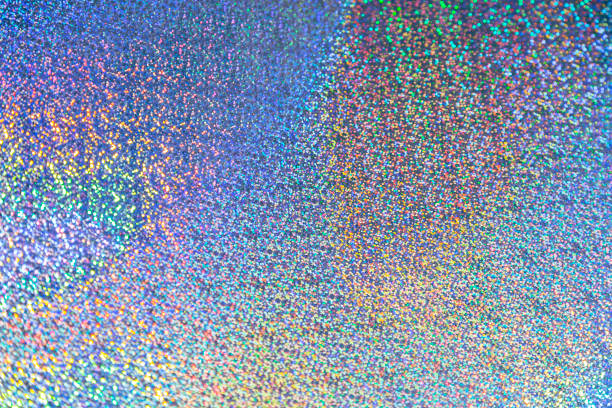The Dawn of Holographic Computing: A New Vision for Our Digital World
In the ever-evolving landscape of technology, a thrilling prospect is on the horizon: holographic computing. This cutting-edge development promises to revolutionize our interaction with digital content by melding the digital and physical worlds in a way never seen before.

The Genesis of Holography
Holography was born from the mind of Hungarian physicist Dennis Gabor in the 1940s. However, it wasn’t until the advent of the laser in the 1960s that holography became viable. Early holograms were static images, but the dream of moving, interactive holograms like those portrayed in popular science fiction has always been the holy grail of this technology.
Holographic Computing: A New Paradigm
Holographic computing is the next evolutionary step in this journey. It represents a shift from two-dimensional displays to immersive, three-dimensional interfaces. The idea is to project digital data into the user’s field of view, allowing them to interact with it in real-time.
Microsoft’s HoloLens is one of the pioneering devices in this field. It’s an untethered, holographic computer that allows you to interact with holograms in your world. The HoloLens can run apps, display information, and even simulate environments for a range of applications, from gaming to professional training.
The Potential of Holographic Computing
The potential applications for holographic computing are as vast as they are exciting. Imagine a surgeon using a holographic display to guide them through a complex procedure, or an architect being able to walk through a building before it’s even built. The possibilities are only limited by our imagination.
The Road Ahead
Despite the enormous potential, holographic computing is still in its infancy, with several technical challenges to overcome. One significant hurdle is creating a device that can project high-quality, full-color, and high-resolution holograms that are visible in different lighting conditions.
Moreover, the market for holographic computing is still emerging, and it’s unclear what the price range will be for these devices. However, given the potential applications and the pace of advancement in this field, it’s safe to say that the impact of holographic computing on the market will be substantial.
Final Thoughts
In the coming years, we can expect to see significant advancements in holographic computing. It’s an exciting time to be involved in technology, as we continue to push the boundaries of what’s possible. While we may not be at the point of having holograms in every home, the foundations are being laid for a future where digital and physical realities are seamlessly intertwined.
In this rapidly changing technological landscape, one thing is certain: the future of computing promises to be anything but flat. Whether we’re ready or not, the era of holographic computing is dawning, and it promises to reshape our digital world in ways we can only begin to imagine.




